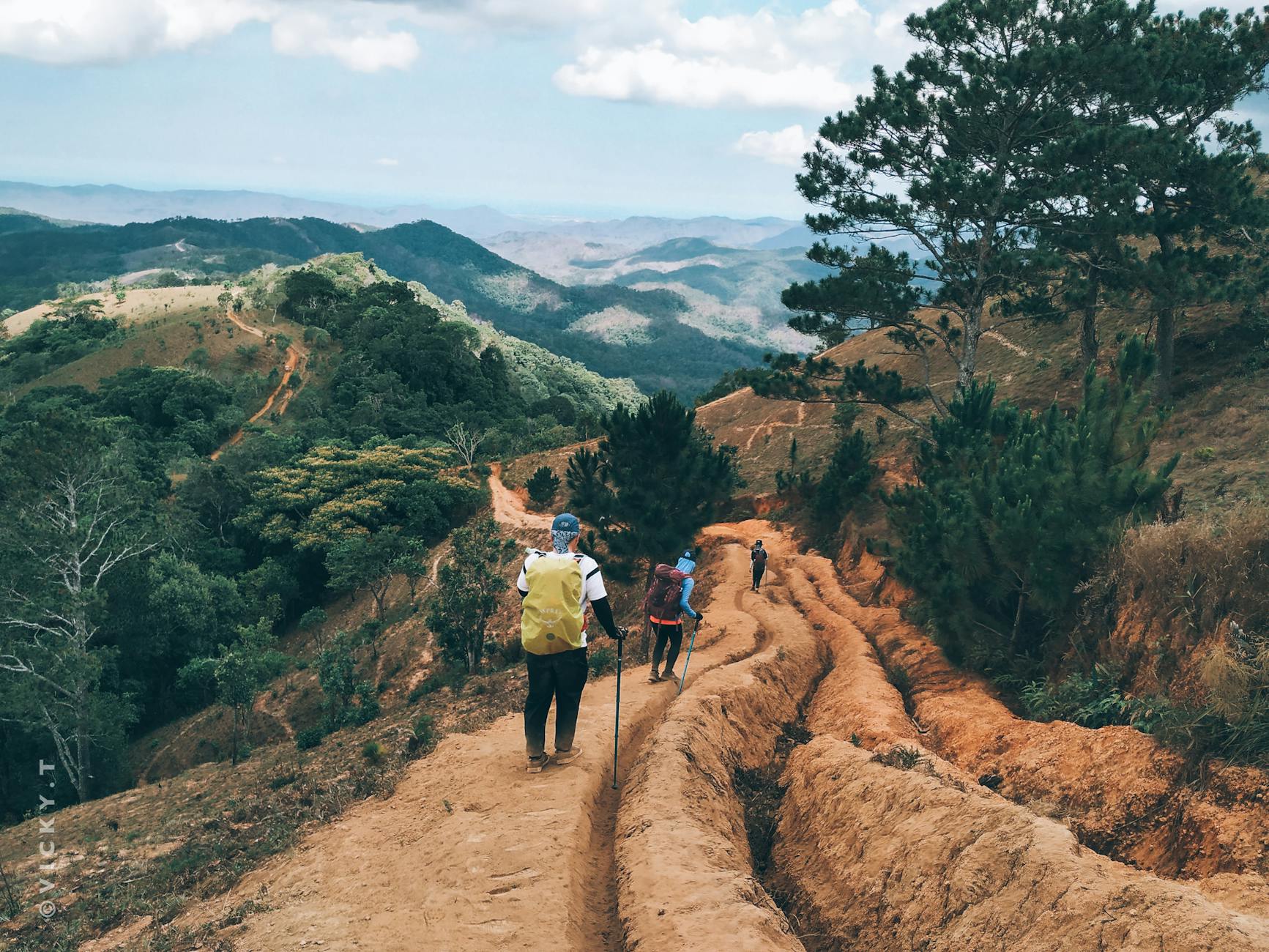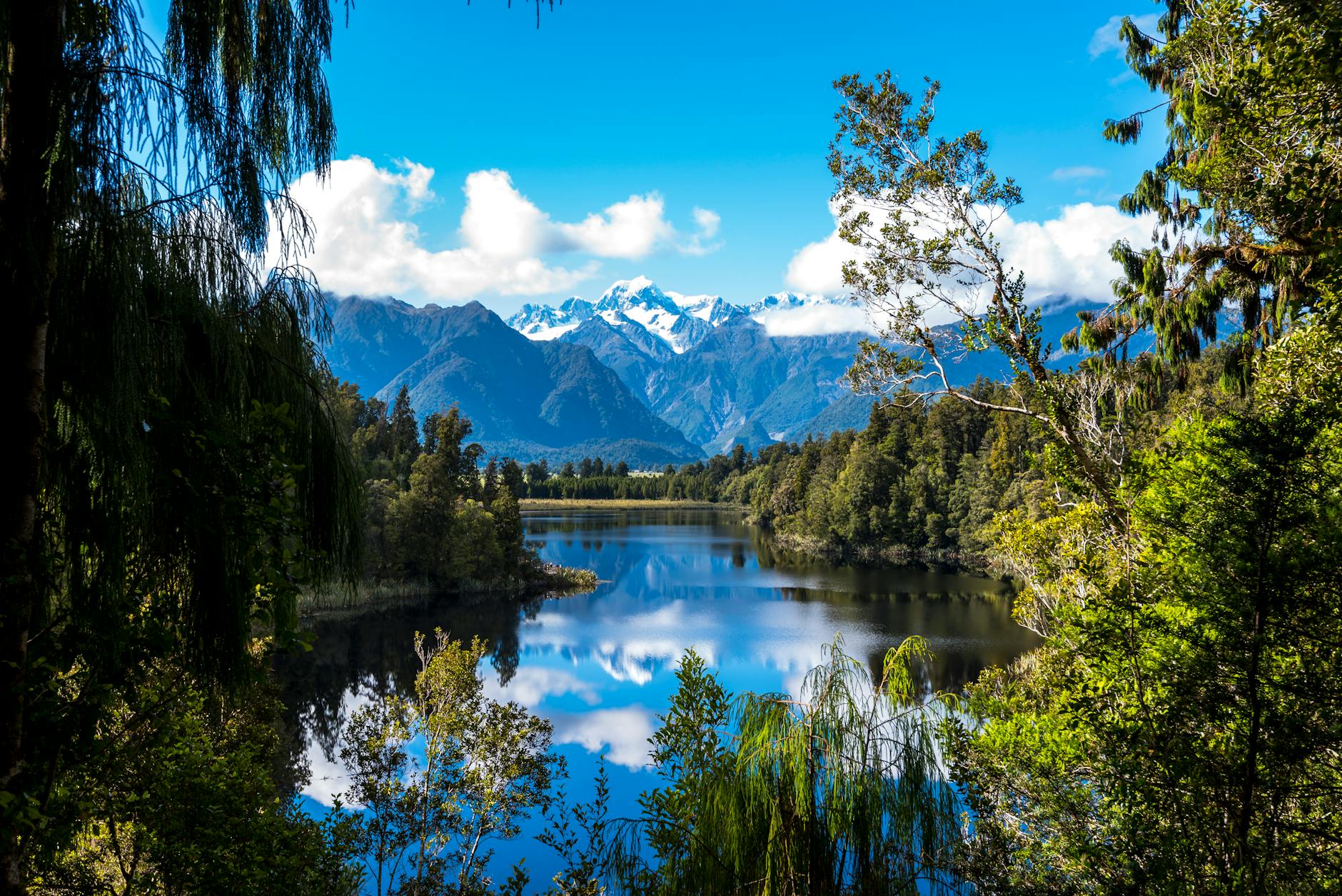Trekking is one of the best ways to connect with nature, challenge yourself, and enjoy breathtaking views that cannot be seen from a car or a hotel balcony. For beginners, however, the thought of going on a trek can feel both exciting and overwhelming. The key is preparation—knowing what to expect and how to handle it. Whether planning a short weekend hike or a multi-day mountain adventure, the right approach makes all the difference.
- 1. Start Small and Build Confidence
- 2. Choose the Right Gear
- 3. Stay Hydrated and Snack Wisely
- 4. Pace Yourself, Don’t Rush
- 5. Respect the Weather
- 6. Learn Basic Trail Etiquette
- 7. Prepare Physically Before the Trek
- 8. Carry Essential Safety Items
- 9. Trek With a Group or Guide
- 10. Enjoy the Journey, Not Just the Destination
- Extra Practical Tips for First-Time Trekkers
- Common Beginner Mistakes to Avoid
- Conclusion
Here are 10 essential tips for first-time trekkers that will help make the journey safe, enjoyable, and unforgettable.
1. Start Small and Build Confidence
The world’s greatest trekkers did not begin with Mount Everest. The best advice for beginners is to start small. Choose a local trail that is well-marked and not too long—something you can complete in a few hours. Shorter treks help in understanding stamina levels, getting familiar with gear, and learning how the body reacts to walking on uneven ground.
A 5–8 km trek is a good starting point. Once comfortable, gradually progress to longer treks. This steady build-up prevents fatigue, reduces injuries, and keeps motivation high.
2. Choose the Right Gear
Comfortable and reliable gear is one of the biggest secrets to enjoying trekking. At the very least, invest in a pair of sturdy trekking shoes or hiking boots with good grip. Avoid brand-new shoes on the trek; wear them in advance to prevent painful blisters.
Other essentials include:
- A lightweight backpack with padded straps
- Quick-dry clothing instead of heavy cotton
- A rain jacket or poncho for unexpected showers
- A hat or cap for sun protection
Beginners often carry too much. Remember, every extra kilogram in the bag will feel much heavier on the trail. Pack smart and keep it light.
3. Stay Hydrated and Snack Wisely
Water is your best companion during a trek. Dehydration can lead to headaches, dizziness, or fatigue, especially when trekking in the sun. Carry a reusable water bottle or a hydration pack and take small sips regularly rather than waiting until feeling thirsty.
For snacks, choose energy-dense and easy-to-carry foods:
- Nuts, trail mix, or granola bars
- Bananas or apples
- Whole-grain sandwiches
Avoid foods that spoil quickly or weigh too much. Sweet snacks give a quick burst of energy but should be balanced with protein or fiber to keep energy levels steady.
4. Pace Yourself, Don’t Rush
A common mistake for beginners is starting the trek too fast. Trekking is not a race. Walk at a steady pace that allows breathing comfortably. Small, consistent steps conserve energy and reduce strain on the knees.
Use the “talk test”: if you can talk while walking, your pace is right. If you are gasping for breath, slow down. On steep climbs, pause for short breaks but avoid sitting down too often, it can make the muscles stiff.
5. Respect the Weather
Weather conditions can change quickly in trekking areas, especially in the mountains. Always check the forecast before leaving. Carry basic protective gear such as a raincoat, gloves, or a warm layer, even if the sky looks clear.
In hot regions, protect the skin with sunscreen, sunglasses, and breathable clothing. In colder regions, layering is the key—light layers trap heat better than a single thick jacket.
Being prepared for the weather keeps the trek safe and comfortable.
6. Learn Basic Trail Etiquette
Trekking is not just about the trail—it’s also about respecting nature and fellow trekkers. Simple etiquette goes a long way:
- Stay on marked trails to protect the environment and avoid getting lost.
- Give way to trekkers going uphill.
- Carry all trash back with you; never litter.
- Respect local communities, customs, and wildlife.
These small actions ensure that trails remain beautiful and safe for everyone.
7. Prepare Physically Before the Trek
Trekking can be demanding, especially for those not used to long walks. Preparing the body in advance helps prevent muscle soreness and injuries. Focus on:
- Walking practice: Take long walks in a park or on uneven terrain.
- Cardio exercises: Running, cycling, or swimming improves stamina.
- Strength training: Squats and lunges strengthen the legs, while core exercises improve balance.
Even 20–30 minutes of regular exercise for a few weeks before the trek makes a huge difference in endurance.
8. Carry Essential Safety Items
A beginner-friendly trek should always be safe. Packing a few essential items can prepare you for unexpected situations:
- A small first-aid kit with bandages, antiseptic, and pain relievers
- A whistle for signaling if lost
- A flashlight or headlamp with extra batteries
- A map or offline navigation app (don’t rely only on phone signals)
For longer treks, carry water-purification tablets or a portable filter, especially in remote areas.
9. Trek With a Group or Guide
For the first trek, going alone is not recommended. Trekking with friends, groups, or a professional guide adds safety and makes the experience more enjoyable. Guides are especially helpful on unknown trails, as they know the terrain, local culture, and best rest spots.
If going with friends, stick together and set a meeting point in case someone walks ahead. A group trek also makes the journey more fun, with conversations and shared experiences.
10. Enjoy the Journey, Not Just the Destination
Many beginners focus only on reaching the top or the end point. While that’s exciting, the real beauty of trekking lies in the journey itself—the rustling trees, the sound of birds, the fresh air, and the small surprises along the way.
Take time to pause and appreciate the surroundings. Capture memories with photos, but don’t forget to simply observe and soak in the moment. Trekking is about connecting with nature, disconnecting from stress, and finding joy in the simple act of walking outdoors.
Extra Practical Tips for First-Time Trekkers
- Avoid new foods on the trek: Stick to familiar snacks to prevent stomach issues.
- Stay hands-free: A trekking pole helps with balance on uneven paths.
- Check shoes and socks: Moisture-wicking socks prevent blisters.
- Start early: Daylight hours are safer for trekking than evenings.
- Listen to your body: If feeling too tired or unwell, rest instead of pushing ahead.
Common Beginner Mistakes to Avoid
- Carrying too much weight in the backpack.
- Ignoring water breaks.
- Wearing brand-new shoes.
- Not checking the trail difficulty beforehand.
- Forgetting sun protection.
Learning from these mistakes ensures smoother and more enjoyable treks in the future.
Conclusion
Trekking for the first time is a unique adventure—one that brings joy, challenges, and unforgettable memories. By starting small, preparing well, respecting nature, and listening to the body, beginners can transform their first trek into a safe and rewarding experience.
The path may be uphill, the legs may get tired, but the view at the top and the journey itself make every step worthwhile. For anyone looking to step into the world of trekking, these simple tips provide the foundation for many exciting adventures to come.
Disclaimer
This article is for general informational purposes only. Trekking involves physical activity and environmental risks. Always consult a healthcare professional before starting new physical activities. Conditions vary across regions, so research local guidelines and safety requirements before planning a trek.



